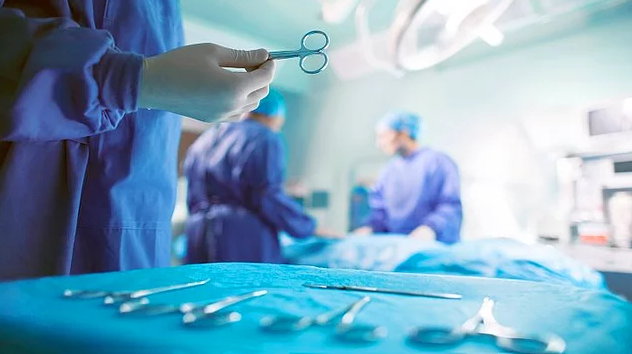What Causes Bowlegs and How Is It Treated?
In Blount's malady, which is likewise called tibia vara, a youngster's shin grows strangely, bending beneath the knees. As your youngster begins to walk, the bowing of the legs turns out to be more awful.
This condition might be clear at an early stage, yet at times manifestations may not be perceptible until the youngster arrives at youth. After some time, bent-legs can prompt joint issues in their knees.
Blount's sickness is increasingly regular in females, African Americans, and kids with heftiness. Youngsters who start strolling early are at a more serious hazard.
A youngster ought to ordinarily begin strolling all alone somewhere in the range of 11 and 14 months old enough.
Bow legs, as their name suggests, involve an unusual bending of the legs in the shape of a bow. This condition is also medically known as Genu Varum.
One way of knowing if your legs are bowed is by standing straight with your feet together and measuring the distance between your knees.
If the distance between your knees is much greater than the distance between your ankles, it's quite possible that you have bow legs.
In these cases, it's always best to treat them immediately. Just as is the case with any other ailment, understanding what bow legs are and how the condition can manifest is vital to finding an effective treatment.
The two forms of the condition
Bow legs can be the result of either physiological or pathological factors. Physiological factors are generally the cause of the bowed legs that occur naturally in babies, and in these situations, they often fizzle out once a child is past the age of 3 or 4.
When caused by physiological factors, bow legs will usually fade away naturally as a child grown to an adult.
If a person develops bow legs due to a pathological condition such as Rickets, Vitamin D deficiency, or Blount's Disease, however, the condition may well continue into adulthood.
It can then become increasingly difficult to deal with. If detected in its early stages, though, even the pathological variant of bow legs can be treated effectively if the cause is quickly identified.
Treatment based on the cause
As noted above, bow legs in children tend to straighten out quite naturally, although this isn't always the case. When bow legs do not straighten on their own, malnutrition or disease are usually to blame, and if left untreated the condition may sometimes persist and become permanent. Let's see how this happens.
Vitamin D deficiency and Rickets
Sometimes a child may not be getting sufficient amounts of vitamin D, which is an essential nutrient in bone development.
This may hamper the natural straightening of the bow legs that are common in young children, and may also lead to the development of a secondary complication called Rickets.
Rickets itself may be a precursor for bow legs because it contributes to bone weakness. For this reason, it's critically important that children are exposed to sunlight for at least 5-10 minutes daily, and that they receive an adequate amount of Vitamin D either in their diet or through supplements.
By making sure that a child takes in the right amount of Vitamin D, it's often very possible to prevent them from developing both bow legs and Rickets as an adult.
Blount's disease
Blount's syndrome is a disorder that arises from abnormal bone development. A child with Blount's syndrome won't typically show distinctive signs of having the condition apart from having a bow-legged shape to their legs.
In order for a doctor to tell if a child with bow legs actually also has Blount's disease, they need to conduct an X-ray. If and when Blount's disease has been diagnosed, medical braces and casts can be quite handy in reshaping a child's legs while their bones are still developing.
For this, early diagnosis is critical. In severe cases, surgery may also become necessary.
Arthritis and Gout
Sometimes, adults who might have grown up without bow legs can suddenly develop the condition due to arthritis and/or gout, both of which can enact some damage on joints.
In these situations, immediate medical attention is strongly advisable, and treatment will generally involve a combination of dietary changes, supplementation, and sometimes surgery.













Comments
Post a Comment